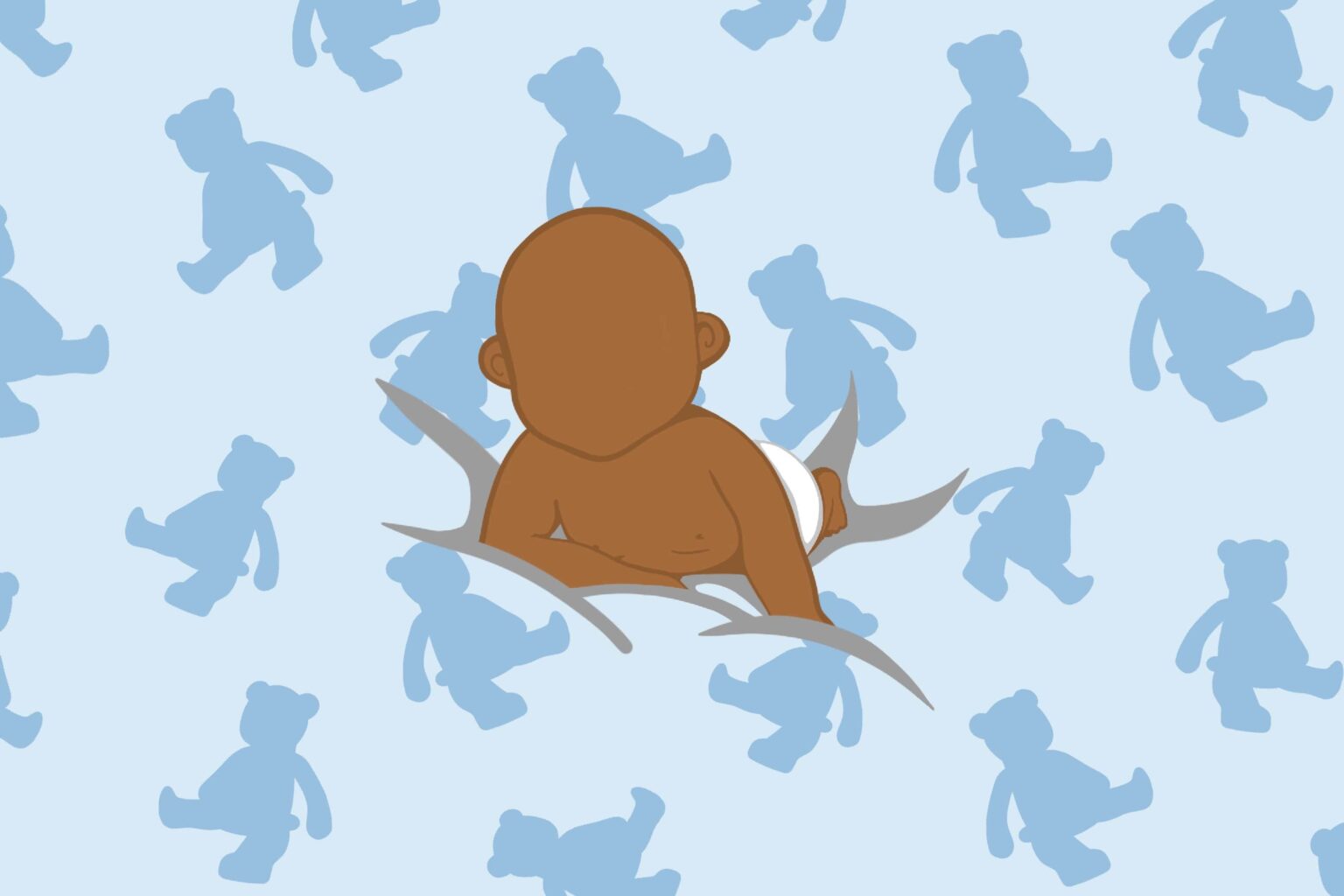Baby Development: Your 4 Month, 3 Week Old

Baby Development, As your little one nears the five-month mark, your pediatrician may have approached the subject of introducing solid foods into her diet. While the American Academy of Pediatrics (AAP) recommends exclusively breastfeeding through the first six months of life, it’s not a bad idea to plan ahead for what introducing solid foods will mean for your baby.
Some signs that your baby may be nearing readiness for solid foods include:
Maintaining good head control while sitting in a feeding seat or high chair.
Opening and closing his or her mouth frequently when playing with hands or toys
Showing interest in eating
Doubling his or her birth weight
Some babies may not yet have the coordination to move solid foods from the front of the mouth to the back of the throat. This is because younger babies have what’s known as an “extrusion reflex” where they will push food out of their mouths with their tongues instead of pulling it in to the back of the mouth. The extrusion reflex is normal and disappears around 4 months of age. Throughout the first two years, your child will master eating skills and will be less likely to drool, dribble, or spit food back out.
As you plan to introduce solid foods, remember that your baby is used to drinking liquids. Keep the texture of solids, such as cereal, thin and loose in the beginning (just slightly thicker than liquid), so that your baby eases into the transition to solid food.
What to start with
The typical first food a baby will eat is a baby cereal, such as rice, oatmeal, or barley cereals. While each cereal type may have its mixing recommendations, you will typically mix about 1 tablespoon of cereal with 4 tablespoons of breast milk or formula. This will help to dilute the cereal enough to make it easier for your baby to eat.
Use a soft-tipped spoon when spoon-feeding your baby. Teaching your baby to eat with a spoon is as much a part of the lesson as eating the solid food itself. Avoid putting rice cereal in a bottle, as this is associated with over-feeding and excess weight gain.
Learning to eat can take time. As your baby hones his or her swallowing and eating skills, you can add less breast milk or formula and increase the cereal consistency. Make sure to try different iron-fortified cereals so he or she gets the experience of different flavors and textures.
Your baby won’t likely eat solid foods with every meal at first. Instead, try to offer solid foods at one to two of her daily feedings.
When baby’s finished
To make sure your baby is getting enough food (but not too much), pay attention to the signals he or she gives you about fullness. Some cues may include:
Leaning back in the high or feeding chair
Turning her head away when food is offered
Playing with the spoon or other items instead of eating off of it
Find out more about introducing solid foods with Bundoo Pediatric Nutritionist, Jill Castle.
Powered by Bundoo®










